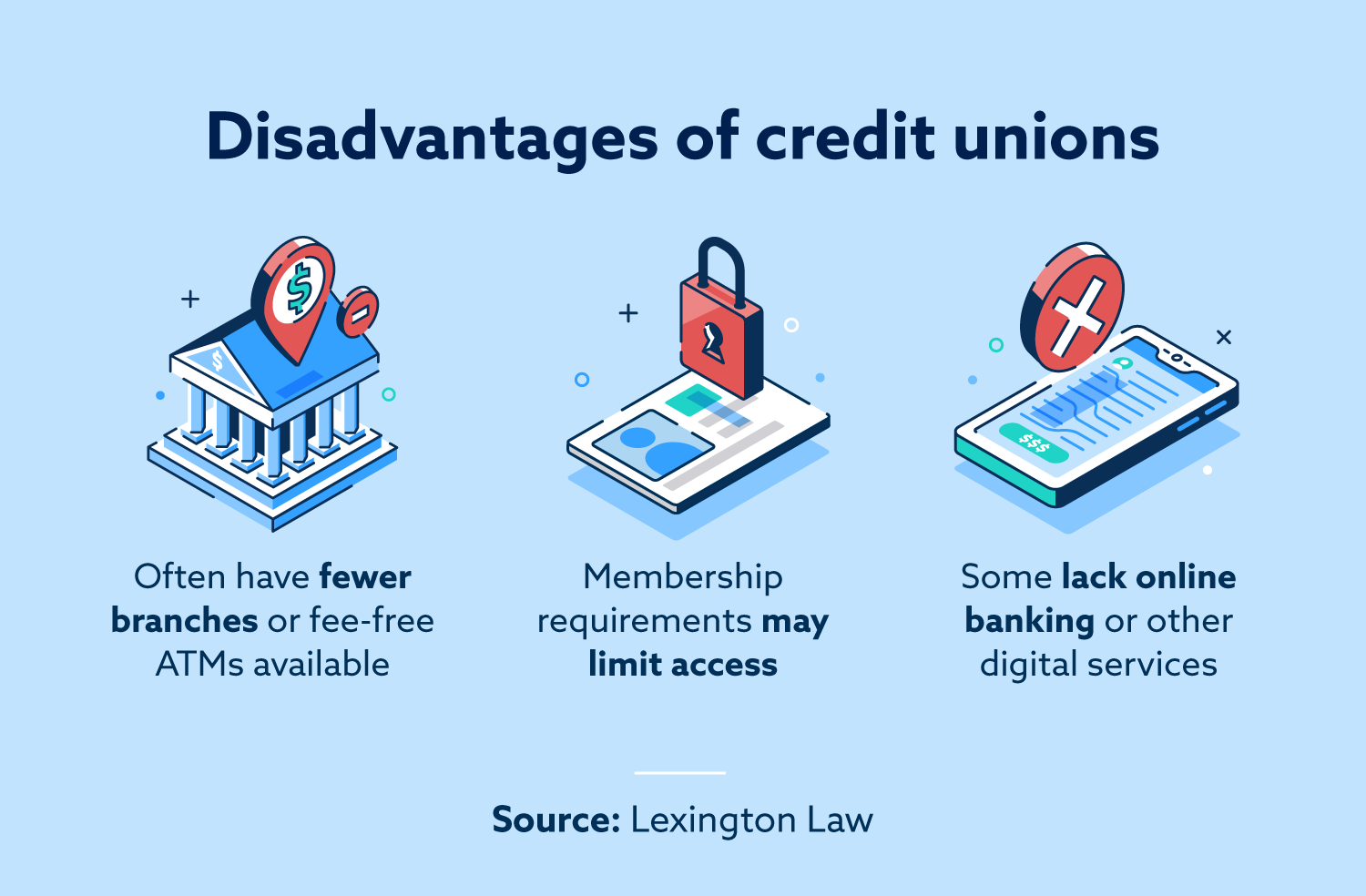The Ultimate Overview to Understanding Debt Unions

Credit history unions stand as one-of-a-kind financial entities, rooted in principles of mutual support and member-driven operations. As we navigate via the intricacies of credit history unions, an insightful journey awaits to drop light on these member-focused organizations and just how they vary from standard banks.
What Are Credit Report Unions?
Cooperative credit union are member-owned banks that provide a range of banking services to their members. Unlike typical financial institutions, cooperative credit union run as not-for-profit companies, meaning their key emphasis is on serving their members as opposed to making best use of revenues. Members of a cooperative credit union typically share an usual bond, such as benefiting the very same employer, coming from the exact same community, or being part of the same company.
Among the vital benefits of lending institution is that they typically use greater passion prices on interest-bearing accounts and lower rates of interest on financings compared to financial institutions. Hybrid Line of Credit. This is since debt unions are structured to profit their participants directly, permitting them to hand down their earnings in the kind of far better rates and fewer fees. Additionally, cooperative credit union are understood for their customized client service, as they focus on developing relationships with their participants to recognize their one-of-a-kind economic requirements and goals
History and Evolution of Credit Score Unions
The origins of member-owned financial cooperatives, recognized today as cooperative credit union, trace back to a time when areas sought choices to standard financial institutions. The principle of cooperative credit union come from the 19th century in Europe, with Friedrich Wilhelm Raiffeisen usually credited as the leader of the participating financial activity. Raiffeisen established the first identified lending institution in Germany in the mid-1800s, stressing neighborhood assistance and self-help principles.
The advancement of debt unions continued in The United States and Canada, where Alphonse Desjardins developed the initial cooperative credit union in Canada in 1900. Shortly after, in 1909, the very first united state lending institution was developed in New Hampshire by a group of Franco-American immigrants. These very early lending institution operated the fundamental principles of shared aid, democratic control, and member possession.
Over time, debt unions have grown in appeal worldwide as a result of their not-for-profit framework, focus on serving members, and using affordable financial products and services. Today, credit report unions play a vital function in the economic sector, providing available and community-oriented financial choices for people and organizations alike.

Subscription and Eligibility Standards
Membership at a credit rating union is normally restricted to individuals meeting particular eligibility criteria based on the establishment's beginning principles and regulatory needs. Some credit scores unions may just offer individuals that live or work in a specific area, while others might be tailored to staff members of a particular business or members of a certain association.
In addition, credit report unions are structured as not-for-profit companies, indicating that their primary objective is to serve their participants as opposed to generate revenues for investors. This focus on participant service commonly equates right into more individualized attention, reduced costs, and competitive interest rates on car loans and financial savings accounts. By meeting the qualification criteria and coming to be a member of a credit history union, people can access an array of financial products and solutions customized to their specific requirements.
Services and Products Used
One of the vital facets that sets credit unions apart is the varied array of monetary services and items they use to their members. Credit score unions commonly supply conventional banking solutions such as cost savings and checking accounts, finances, and credit cards.
Moreover, cooperative credit union typically provide convenient online and mobile financial alternatives for members to quickly manage their financial resources. They may provide rewards such as shared branching, permitting members to access their accounts at various other lending institution across the nation. Some cooperative credit union additionally offer insurance policy products like life, home, and car insurance coverage to help participants shield their properties and loved ones.

Advantages of Banking With Cooperative Credit Union
When taking into consideration banks, discovering the advantages of financial with cooperative credit union exposes one-of-a-kind benefits for participants looking for tailored service and affordable prices. One considerable advantage of lending institution is their concentrate on personalized customer solution. Unlike huge financial institutions, cooperative credit union are member-owned and focus on building strong partnerships with their participants. This implies that cooperative credit union staff commonly you could try here have a deeper understanding of their members' monetary demands and can offer tailored options to aid them accomplish their goals. In addition, lending institution are known for providing affordable interest rates on financings and cost savings accounts. Since they are not-for-profit companies, cooperative credit union can usually supply reduced finance next prices, higher cost savings prices, and lower charges contrasted to conventional financial institutions. This can cause significant cost savings for members with time. Generally, financial with a cooperative credit union can give an extra personalized, economical, and member-centric monetary experience.
Verdict
In final thought, debt unions stand out as member-owned financial institutions that prioritize offering their participants over taking full advantage of earnings. With beginnings dating back to 19th century Europe, credit rating unions follow concepts of common assistance and member possession.
Credit scores unions are member-owned monetary institutions that offer an array of banking solutions to their members. The idea of debt unions originated in the 19th century in Europe, with Friedrich Wilhelm Raiffeisen often attributed as the pioneer of the participating financial movement.The evolution of credit scores unions continued in North America, where Alphonse Desjardins developed the first credit union in Canada in 1900. Debt unions typically give conventional banking services such as savings and examining accounts, financings, and credit rating cards.When taking into consideration monetary organizations, reference exploring the benefits of financial with debt unions discloses unique benefits for participants looking for tailored solution and affordable rates.